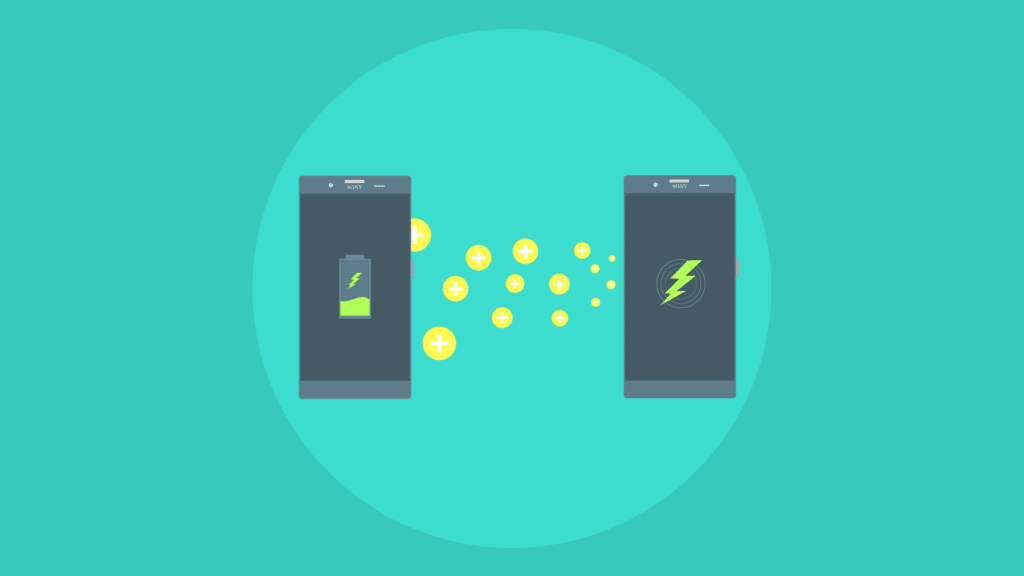The decentralized application (dApp) sector is currently booming, showing a significant 40% increase in usage during the second quarter of 2024, which results in about 10 million daily Unique Active Wallets. This sharp rise highlights the growing importance and use of blockchain technology in various industries. However, this increased popularity of dApps also means they’re more vulnerable to security risks, making strong protective measures absolutely necessary.
In this post, we’ll cover six critical best practices that developers need to adopt to protect their dApps. By implementing these tactics, developers will not only improve the security of their applications but also increase user trust and drive steady progress in the dynamic world of blockchain.
Utilize Edge Networks for Enhanced Security and Performance
Running your dApp on an edge network is a key move for better security and performance. Edge networks spread data processing and storage across various locations, which lowers latency and increases performance. This setup not only speeds up transactions but also makes it harder for attackers, as there’s no single point of failure.
By using an edge network, developers can create a more robust and efficient dApp system. It also processes data closer to users, leading to faster responses and a better user experience. Edge networks also help with load balancing, reducing the chance of overload and keeping operations smooth.
Adopt Robust Smart Contract Development Practices
Smart contracts are crucial for any decentralized app since they control the logic and transactions on the blockchain. It’s essential to secure these contracts because they handle major transactions and sensitive information. Developers should thoroughly test their smart contracts under different scenarios to find and fix any weaknesses. Getting independent audits and using tested, audited contracts can significantly improve security.
These practices help avoid expensive mistakes and security breaches that could affect the dApp and its users. Adding formal verification methods can further secure the contract by proving its logic is correct through mathematical proofs. Regularly reviewing and updating smart contracts to address new threats is also important for maintaining security.
Implement Comprehensive Access Controls
Securing a decentralized app involves more than just the blockchain; it also requires tight control over who can access both the smart contract and the user interface. Developers should use multi-factor authentication and role-based access controls to manage interactions with the dApp.
This approach helps protect the app’s integrity and ensures that only authorized users can perform sensitive tasks. Effective access control reduces the risk of unauthorized access and internal threats. Regularly reviewing access logs can help spot and address suspicious activities quickly. Adding time-based restrictions can further improve security by limiting access to sensitive functions outside regular hours.
Regularly Update and Patch Software
It’s essential for dApp developers to continually update their software, including all the frameworks, libraries, and dependencies their applications depend on. With cyber threats constantly evolving, staying updated with the latest security patches is critical.
Using automated systems to monitor and install these updates can keep your digital environment safer and minimize the chances for attackers to take advantage of known flaws. It’s also beneficial to stay informed about security alerts from software providers and the wider security community. Moreover, running regular vulnerability scans on your software ensures that no necessary updates or patches are missed.
Conduct Security Audits and Penetration Testing
Regularly checking your dApps for security issues is crucial. This means running tests that act like real attacks to find weaknesses. It’s a good idea to hire experts in blockchain security to get an outside view, as they might spot problems that your team might miss.
These proactive steps are key to strengthening your dApp against current and future threats. Keep an eye on your security and review it often to stay ahead of new risks. Also, consider setting up bug bounty programs to get help from the broader security community in finding and fixing issues quickly.
Educate Users on Security Best Practices
The security of a decentralized application isn’t just up to the developers; users have a vital part to play. It’s crucial to teach users how to avoid common pitfalls, like phishing scams or losing access to their private keys.
Developers need to offer straightforward advice and learning tools to make sure users know why staying safe is important and how to do it when using the dApp. When users are well-informed, they not only keep their data secure but also feel more comfortable using the app.
Final Thoughts
Using these six best practices is essential for anyone building a dApp in the current blockchain environment. Embracing the latest technologies, such as edge networks, and promoting ongoing security education is key to making a dApp strong.
Developers need to stay up-to-date with blockchain security trends and keep adjusting their methods to protect their apps. By actively securing every part of their dApps, developers can create safe, efficient, and dependable applications that endure and maintain user trust.




